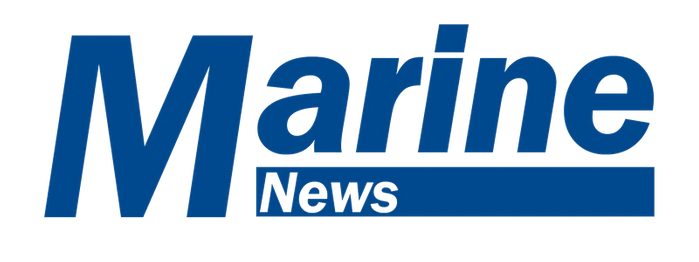Safety
Embracing Human and Organizational Performance (HOP): A Paradigm Shift to Address Safety and Workforce Challenges
A shift in workplace safety is preventing accidents – and creating a culture of safety, learning and continuous improvement.
By Michael Breslin, AWO
In the ever-evolving landscape of workplace safety, a paradigm shift is underway. Human and Organizational Performance (HOP) represents a natural progression of the safety management system model and its emphasis on continuous improvement. At its core, HOP acknowledges that errors will happen, and when they do, the reaction of management is vitally important: Managers can either seek to assign blame for the error or learn from the mistake, but not both. HOP transforms workplace safety by acknowledging that humans make mistakes. By using mistakes as learning opportunities, rather than events that require penalization, organizations can examine policy and implement improvements to prevent future lapses.
In this way, HOP represents a significant shift in perspective and a refreshing change for safety, risk, and operations managers. The usual exercise of investigating incidents to identify offending parties is replaced by an examination of an organization’s safety management system, prompting management to ask, “Why was the unsafe way chosen instead of the safe way?”
By instituting this fundamental change, organizations develop a workplace that encourages humans to fail safely. Similar to building a shoulder beside the interstate instead of a cliff, HOP engineers safety into procedures, allowing correction before catastrophe. The result is a resilient system that benefits the organization and the workforce.
Why HOP matters for workforce retention
Traditional safety approaches can lead to a revolving door of employees. When mistakes result in disciplinary actions up to and including termination, as many policy manuals spell out, workers can become disheartened, and turnover rates may soar. HOP takes a different route by recognizing that workers are the most valuable assets and by addressing safety issues without immediately resorting to punishment. In this way, HOP helps organizations retain skilled employees who learn and grow from their mistakes.
But the benefits of HOP go beyond retention. It also helps organizations redesign their hiring process and initial safety training programs to ensure workers are given the tools to understand how to work safely from their first day at the company. Moreover, it provides a work environment that incentivizes compliance with policy by designing operational procedures in a way that mirrors the actual way work is done, rather than an unattainable work-as-imagined standard that is often used in policy manuals.
Understanding and applying HOP: The American Waterways Operators (AWO)
As the tugboat, towboat, and barge industry’s advocate, resource, and united voice for safe, sustainable, and efficient transportation on America’s waterways, oceans, and coasts, AWO is invested in supporting members by actively sharing learning opportunities and information about HOP. Through forums and presentations that feature subject matter experts from industry and regulatory agencies, collaboration with partners including the National Safety Council (NSC) and the Oil Companies International Marine Forum (OCIMF), and review of incidents and near misses at safety leadership meetings and in industry reports, AWO is helping members prepare for this paradigm shift. And preparation is needed.
SIRE 2.0, OCIMF’s new inspection program that is applicable to most barge and vessel operators who provide marine transportation of liquid petroleum products in North America, offers an opportunity to compare ‘traditional’ safety management oversight to future HOP-based oversight programs. OCIMF has created a crosswalk document titled, “SIRE 2.0 to VIQ7 - Comparative Analysis” (find it under the “January 2022” heading), which includes a concise example. The present version of question 5.11 for barge operators asks, “Is all loose gear on deck, machinery rooms, stores and in internal spaces properly secured?” In contrast, the HOP-oriented 2.0 version asks, “Were the Master and officers familiar with the company procedure for safety inspections of the main deck areas, and had inspections been effective in identifying hazards to health, safety and the environment?”
This change exemplifies how HOP is focused on the system rather than the individual. Organizations committed to HOP continually assess their systems, learn from incidents, and adapt – it isn’t a one-time fix; it’s an ongoing journey. It’s this dynamic process that keeps safety relevant and effective.
So, while traditional systems may inadvertently promote a culture of blame and fear, HOP strives to address the root cause of issues and incidents – giving workers the tools they need to meet expectations for the future, rather than punishing them for past errors.
In summary
HOP represents a shift from punitive measures to a more progressive and adaptive approach to safety management and employee support by acknowledging human fallibility while seeking continuous systemic improvement. As organizations embrace HOP, they not only enhance safety but also retain a skilled and motivated workforce. This shift in workplace safety is not just about preventing accidents – it's about creating a culture of safety, learning, and continuous improvement that will advance the marine transportation industry for our colleagues, our customers, and our communities.

About the Author
Michael Breslin is Director of Safety & Sustainability at the American Waterways Operators (AWO).

